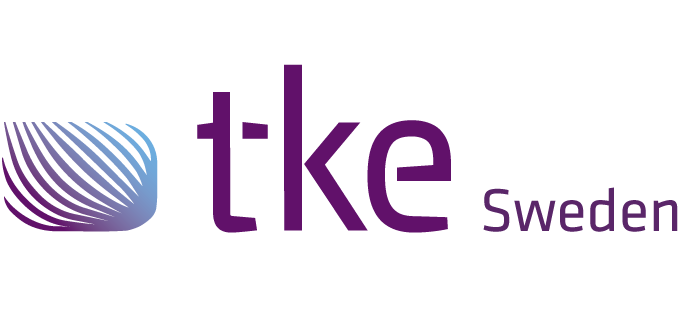Why is data visualization crucial for businesses?
Data visualization serves as a powerful tool for businesses by transforming complex data sets into easy-to-understand visuals. This capability allows stakeholders to quickly grasp intricate information, which is crucial in today’s fast-paced business environment. By employing data visualization, companies can streamline their decision-making processes, leading to more efficient and effective outcomes.
Additionally, data visualization enhances communication among stakeholders by providing a common visual language. It helps in identifying trends, patterns, and outliers that might otherwise remain hidden in raw data. This insight is vital for shaping business strategies and ensuring that decisions are based on comprehensive and accurate information.
How does data visualization improve decision-making processes?
Visual representations of data provide clarity and context that can be critical for informed decision-making. By presenting data visually, businesses can quickly identify key metrics and trends, allowing for faster and more accurate strategic planning. This visualization aids in operational efficiency by enabling stakeholders to focus on the most relevant data points.
Furthermore, data visualization helps in breaking down complex datasets into digestible formats, making it easier for decision-makers to draw meaningful insights. This approach not only improves the quality of decisions but also accelerates the decision-making process, giving businesses a competitive edge in rapidly changing markets.
What tools are commonly used for data visualization?
Several tools are widely recognized for their effectiveness in data visualization, including Tableau, Power BI, and Google Data Studio. Tableau is renowned for its robust analytical capabilities and user-friendly interface, making it a popular choice among data professionals. Power BI, developed by Microsoft, integrates seamlessly with other Microsoft products, offering powerful data analysis and visualization features.
Google Data Studio is another versatile tool, known for its ability to create interactive dashboards and reports. This tool is particularly favored by businesses looking for a cost-effective solution that integrates well with other Google services. When choosing a data visualization tool, businesses should consider factors such as ease of use, compatibility with existing systems, and the specific needs of their data analyses.
How can businesses implement data visualization effectively?
To implement data visualization effectively, businesses should start by setting clear objectives. This involves understanding what they aim to achieve through visualization, such as identifying trends or improving communication among teams. Once objectives are defined, selecting the appropriate visual elements—like charts, graphs, or heat maps—is crucial for accurately conveying the intended message.
Ensuring data accuracy is another essential step in the process. Businesses must regularly update and validate their data to maintain reliability. By following these best practices, companies can integrate data visualization into their operations seamlessly, enhancing their ability to make data-driven decisions.
What are the common challenges in data visualization and how to overcome them?
Data overload is a common challenge in data visualization, where users are overwhelmed by too much information. To overcome this, businesses should focus on presenting only the most relevant data, using filters and interactive elements to allow users to explore data as needed. Misinterpretation of data is another issue, often arising from poorly designed visuals.
To prevent misinterpretation, businesses should adhere to visualization best practices, such as using consistent scales and labeling data clearly. Technical difficulties can also hinder effective data visualization. Investing in training and support for staff, as well as choosing intuitive tools, can mitigate these challenges and ensure successful data visualization initiatives.
Why should businesses partner with TKE Sweden AB for data visualization solutions?
Partnering with TKE Sweden AB offers unique advantages in the realm of data visualization. With over 20 years of Finnish expertise in CAN-bus technology, we provide customized solutions tailored to the specific needs of Scandinavian clients. Our deep understanding of fieldbus solutions ensures that businesses receive state-of-the-art technology, enhancing their data-driven strategies.
By choosing TKE Sweden AB, companies gain access to professional support and services in their local language, facilitating smoother implementation and operation of data visualization tools. Our commitment to providing tailored solutions means that businesses can optimize their data visualization processes, leading to improved business intelligence and strategic decision-making.



